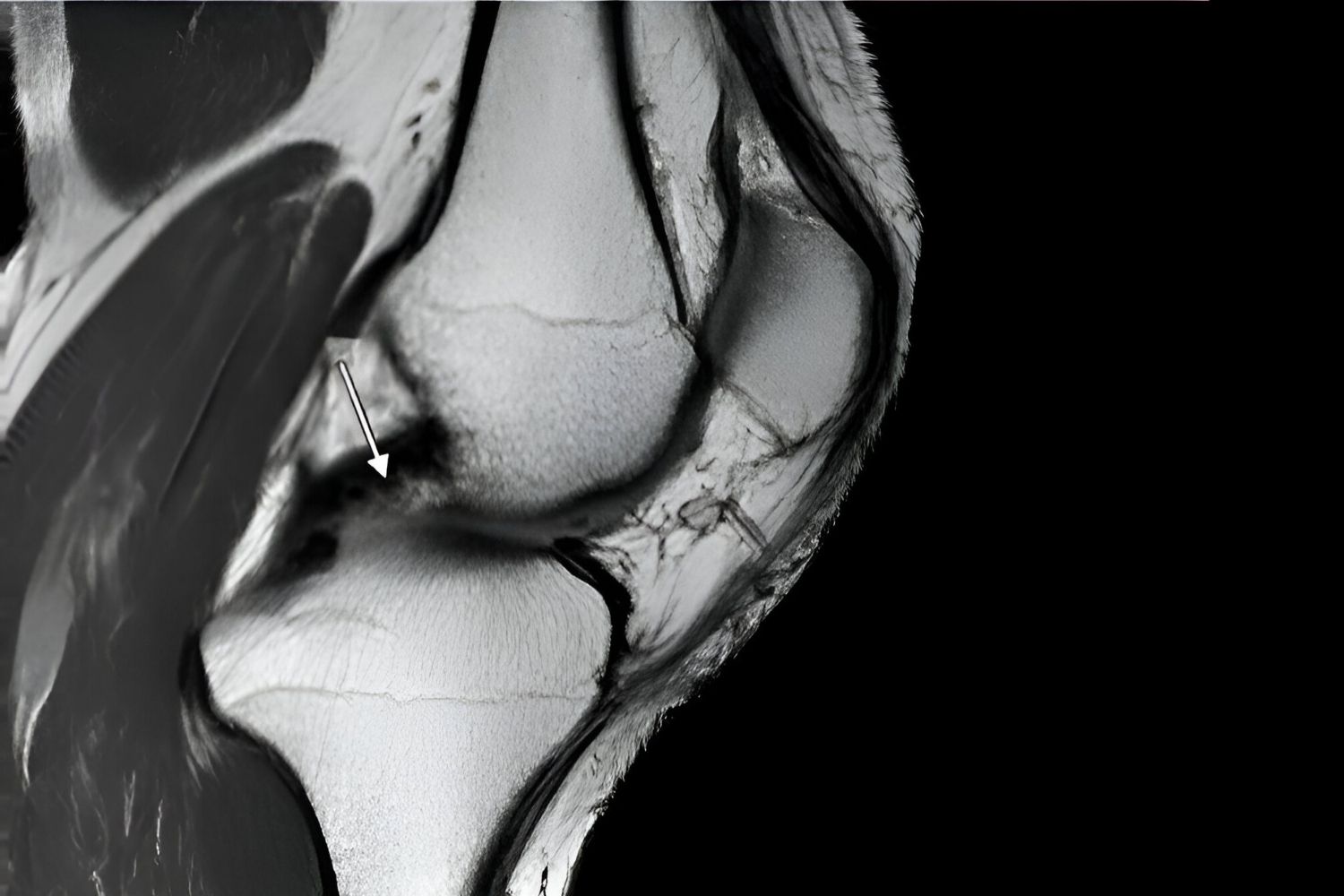
Who was Humphrey Ligament? Humphrey Ligament isn't a person but a part of your body! It's a ligament found in your knee. What does it do? It helps stabilize your knee, especially when you move. Why is it important? Without it, your knee would be wobbly, making walking or running difficult. Where is it located? It connects the femur (thigh bone) to the tibia (shin bone). How did it get its name? Named after a 19th-century anatomist, it’s also called the transverse ligament of the knee. Want to know more? Keep reading to uncover 30 interesting facts about this crucial ligament!
Key Takeaways:
- Humphrey Ligament was a brilliant polymath with a quirky upbringing and diverse interests, from astronomy to gardening. His legacy lives on through his contributions to science and mathematics.
- Despite his eccentricities, Humphrey Ligament made groundbreaking contributions to fields like cryptography and radio astronomy, leaving a lasting impact on modern computing and our understanding of the universe.
Who Was Humphrey Ligament?
Humphrey Ligament might sound like a quirky name, but he was a fascinating figure in history. Let's dive into some intriguing facts about this unique individual.
- Humphrey Ligament was born in 1875 in a small village in England.
- He was named after his grandfather, Humphrey, and his unusual middle name, Ligament, came from his father's fascination with anatomy.
- Ligament's family was known for their eccentricity, often hosting elaborate parties with peculiar themes.
- He was an avid collector of rare books, amassing a library of over 10,000 volumes by the time he was 30.
- Humphrey was a self-taught polymath, excelling in fields such as mathematics, literature, and astronomy.
Early Life and Education
Humphrey's early years were marked by a thirst for knowledge and a curiosity that knew no bounds. His education was anything but conventional.
- He was homeschooled by his mother, who was a former schoolteacher.
- By the age of 10, Humphrey had already mastered Latin and Greek.
- He built his first telescope at the age of 12, using it to map the night sky.
- Ligament attended Oxford University, where he studied mathematics and philosophy.
- Despite his academic prowess, he was known for his rebellious streak, often challenging his professors' ideas.
Career and Achievements
Humphrey Ligament's career was as diverse as his interests. He made significant contributions to various fields, leaving a lasting legacy.
- He worked as a cryptographer during World War I, helping to decode enemy messages.
- Ligament published several groundbreaking papers on number theory.
- He invented a mechanical calculator that could perform complex mathematical operations.
- Humphrey was a pioneer in the field of radio astronomy, discovering several new celestial objects.
- He received numerous awards for his contributions to science and mathematics.
Personal Life and Interests
Beyond his professional achievements, Humphrey Ligament had a rich personal life filled with hobbies and passions.
- He was an accomplished pianist, often performing at local concerts.
- Ligament had a deep love for gardening, cultivating rare and exotic plants in his backyard.
- He was a member of several secret societies, including the Freemasons.
- Humphrey enjoyed traveling, visiting over 50 countries during his lifetime.
- He was known for his philanthropy, donating large sums of money to educational institutions and scientific research.
Legacy and Impact
Humphrey Ligament's influence extended far beyond his lifetime. His work continues to inspire and educate future generations.
- Several schools and libraries have been named in his honor.
- His personal library was donated to a university, becoming a valuable resource for researchers.
- Ligament's inventions paved the way for modern computing technology.
- His discoveries in radio astronomy have been crucial in understanding the universe.
- Humphrey's life story has been the subject of numerous biographies and documentaries.
Fun and Quirky Facts
Humphrey Ligament's life was filled with interesting and sometimes bizarre anecdotes that add color to his legacy.
- He once built a working model of the solar system in his living room.
- Ligament had a pet parrot named Euclid, who could recite mathematical formulas.
- He was known for his eccentric fashion sense, often wearing mismatched socks.
- Humphrey once hosted a dinner party where all the food was prepared using mathematical principles.
- Despite his many achievements, he remained humble and approachable, always willing to share his knowledge with others.
Final Thoughts on Humphrey Ligament
Humphrey Ligament, often overlooked, plays a crucial role in knee stability. This small yet mighty structure helps keep the knee joint functioning smoothly, preventing injuries and ensuring mobility. Understanding its importance can aid in better knee care and injury prevention. Whether you're an athlete or just someone who values mobility, knowing about the Humphrey Ligament can make a big difference.
Remember, maintaining strong and flexible knees involves regular exercise, proper stretching, and sometimes consulting a healthcare professional. So next time you think about knee health, give a nod to the Humphrey Ligament. It's one of those unsung heroes working behind the scenes to keep you moving. Stay informed, stay active, and keep those knees in top shape!
Frequently Asked Questions
Was this page helpful?
Our commitment to delivering trustworthy and engaging content is at the heart of what we do. Each fact on our site is contributed by real users like you, bringing a wealth of diverse insights and information. To ensure the highest standards of accuracy and reliability, our dedicated editors meticulously review each submission. This process guarantees that the facts we share are not only fascinating but also credible. Trust in our commitment to quality and authenticity as you explore and learn with us.
